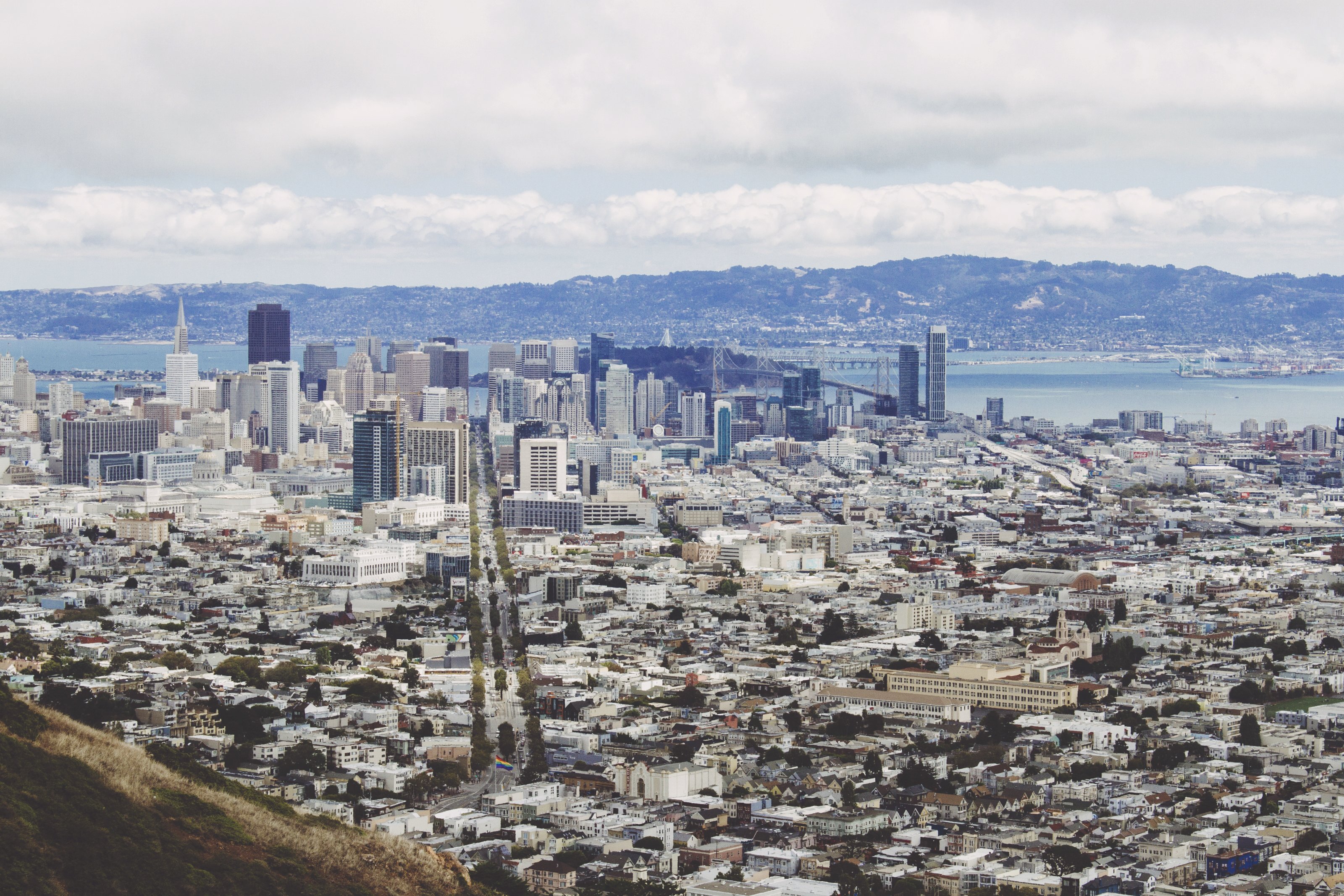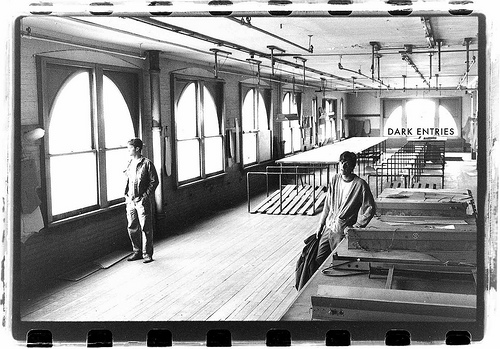The Enduring Appeal of Italo Disco
From New Order to Carl Craig through to The Pet Shop Boys and La Roux, the Italo disco sound has had a profound effect on modern pop and club culture. Italo aficionado DJ Benetti relives the dream.
It’s summer 1984. It’s dancing time. You’re young, hot and pissed off, and in desperate need of some Saturday night overstimulation. So you stand outside Rimini’s legendary Discoteca Paradiso amid frenzied throngs of European teenage flesh as the steady pounding disco beats emanating from within begin to get to you.
You hustle your way through arched doors towards a sound that gets clearer with each impatient step. Finally you swing round the corner and confront the writhing bodies bathed in the dancefloor’s brash Technicolor lights. A deliciously innocent playground melody is sung in charming broken English over a loud, insistent, utterly infectious electronic beat. It’s “Happy Song” by Baby’s Gang working its irresistible magic on you, seducing you away from your more jaded self.
It’s Italo disco.
Like many Italian DJs and producers from the late ’70s and early ’80s, we were captivated by the sound of French synth act Space (their 1977 hit “Magic Fly”) and Giorgio Moroder, the Swiss-Italian electronic dance music genius based in Munich who kickstarted the Eurodisco revolution when Donna Summer recorded her hypnotic “Love to Love You, Baby.” Suddenly, you felt a need to be a DJ.
Despite having little formal music background, they had an uncanny ear for what worked in clubs.
By that stage the holiday resort of Rimini already boasted the legendary Baia Degli Angeli club. It was the place to hear the latest disco anthems. And while in the mid-’70s Baia’s DJs used to play mostly US imports, by the ’80s you’d start to hear many Italian productions. Imported vinyl was prohibitively expensive. Far more economical to have small “library” runs made, or start independent labels and get it distributed directly.
Classic pioneering record labels such as Ciao, Banana and Il Discotto formed around this time. It was mostly solitary keyboard players, or DJs themselves, producing the music – a key paradigm shift in how dance music would henceforth be made. Despite having little formal music background, they had an uncanny ear for what worked in clubs. Aided by early sequencers, synths and drum machines, and often the use of a single finger, they began to produce amazingly catchy futuristic dance music, with its characteristically languid tempo. Vocals would be sung in English, rarely in Italian.
My first shot at a real gig was in 1980 at a pizza restaurant-cum-discotheque in Vigevano run by local Mafiosi. Just like in the movies. I turned up and played to a mélange of gangsters in shirts open to the waist and beautiful girls in eye-wateringly tight hot pants. Songs such as Riz Ortolani’s “Il Corpo Di Linda” featuring its Moroder-on-steroids bassline; “Super Extra Sexy Sign” by Kano (the first real Italo act). Even Easy Going’s camp classic “A Gay Time Latin Lover” – and nobody blinked an eyelid. Delizioso!
There was no turning back. While disco was sadly dying in the US, in the early ’80s it was expanding beyond Italy to the rest of Europe (though not to a musically self-sufficient UK). More and more labels started forming to fulfil the almost insatiable needs of DJs for this magical new sound.
While disco was sadly dying in the US, in the early ’80s it was expanding beyond Italy to the rest of Europe.
The German-based ZYX label, which until 1983 had specialised in prog-rock, released the visionary proto-Italo Electric Dance Music double LP. This was then quickly followed by the extremely influential compilation series Best of Italo Disco. Thus the music got much wider recognition and, crucially, radio and TV exposure.
As a DJ, you knew how much dancers would love you for playing it. Often literally. It was so damned seductive. I recall one mad night in Rimini in 1983. A raven-haired bella ragazza, after her favourite song, demanded sex. Right then and there in the booth! I’d been playing the achingly melancholic “Lost Time” by Video Club. Anyway, as consolation, I invited her back to my villa and offered to cook her and her pal Dalila my aphrodisiac pasta specialty spaghetti a la slinguata. God knows she didn’t need it.
By now, even the beleaguered US DJs were importing Italo to incorporate into their increasingly eclectic sets. Barry Mason’s obscure 1983 release “Body! (Get Your Body)” with its haunting piano stabs, acidy 303 bass section and chanted vocal mantra, must have been an influence on Chicago house pioneers.
In 1984, thanks to the efforts of ZYX and returning hordes of holidaying teenagers, Italo started having major international success. As a result, many of the hitherto faceless producers suddenly needed front people to cope with TV and live performance demands and thus enlisted models to perform live playback. Den Harrow (a creation of the producers Chieregato and Turatti) is one of the most well-known examples – the name itself being a cunningly Anglicised version of “dinaro,” or as you say, money. A cute irony not lost on us Italians.
Simultaneously, many genuine new pop stars were created: sex-bomb Sabrina, with her huge hit “Boys”; Fancy and his über-fey “Slice Me Nice”; or Miko Mission with some gloriously incomprehensible lyrics on “How Old Are You?,” his debut single.
Songs older than many of these young clubbers were instantly cheered.
But times were changing all too quickly, and this process of commercialisation signalled the end of Italo disco. As discotheques steadily became engulfed in the pop dance trash typified by Stock, Aitken and Waterman and the flood of house and techno in the late ’80s, it didn’t feel the same any more. So I moved to the Far East. In Bangkok in 1988 I got a residency ata sweaty katoey club in Soi Cowboy. There, they favoured much faster BPMs in the hi-NRG style that would later be termed Eurobeat, the direct descendant of Italo. Unfortunately for me, and the establishment’s he-she's, the owner fell out with some local policemen over unpaid bribes for live sex shows. And that was that.
Or so it seemed. In 2001 a telegram arrived from Tokyo, requesting that Benetti DJ do a short residency at a Para-Para club in the trendy Roppongi district. Certo che si! The club was like a vast electronic cave suspended high above the city, filled with hyper-cute ever-smiling porcelain kitten girls and broody foppish guys congregating in lugubrious hollows pierced with rapidly pulsating light patterns and amoeba images.
Mixing super-fast Eurobeat and pure Italo in equal measure, they went assatanate, just crazy for my sets! Songs older than many of these young clubbers were instantly cheered: like Hypnosis’ timeless space-synth instrumental “Astrodance” and Vivien Vee’s orgasmically vertiginous “Blue Disease.”
Flying back via Melbourne and Shanghai, there were similarly ecstatic responses from new audiences, just like the many recent shows I’ve done in Germany, Poland and in the UK. People love this music. It makes you happy. That unmistakable, achingly melancholic, warm vintage Italo sound, its celestial appreciation of harmony and melody, its strong reassuring electronic beat. It’s truly magic and I know it will never die.
A version of this article appeared in The Daily Note, a free daily newspaper distributed in London during the 2010 Red Bull Music Academy.

